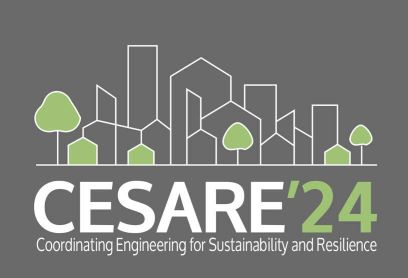Speaker
Description
The building environment has been the focus of energy and environmental debates and policies, and the need to reduce greenhouse gas emissions to meet targets by 2050 and improve energy security has motivated a large body of studies on energy efficiency and environmental impacts associated with buildings. Improvement in energy and environmental performance requires innovative research, new policies and standard regulation, new materials and technologies, the integration of renewable energy sources, of increased awareness and outreach and people awareness (designers, practitioners, and end users).
Currently, a significant part of the urban population in Romania lives in low-rise collective housing built by using large prefabricated reinforced concrete panels (LPRCP). Most of these units have not yet reached half of their intended lifespan and are over 30 years old. Furthermore, the materials that have been once used especially regarding thermal insulation are outdated or have degraded in time. Because of the constant changes in society, these building currently are failing to keep up with the current needs and regulations while consuming significant amounts of energy in the process. Because of this, it is necessary for a flexible and sustainable strategy to be devised to not only make them energy efficient but also considering social, economic and environmental benefits to lead to a reduction of GHG emissions and improvement of the quality of life.
Considering circular economy scenarios, three stages for extensive retrofitting are presented using alternative insulation materials and considering implementation difficulties and costs: an upgrade to the existing building envelope with new insulation materials and more efficient window elements; a secondary building façade made out of lightweight steel structure; is the redesign of the current staircase and the addition of an elevator to solve accessibility issues.
According to the linear model, at the end of a life cycle products were usually thrown away, but the circular economy proposes a new approach, in 3 steps: reduce-reuse-recycle. Therefore, the famous motto "Nothing is lost, everything is transformed" valid in science can easily be applied in the circular economy as well. All over Europe, architects consider the reuse of materials by other users and the recycling of waste as the main qualities of a circular building economy.
| Keywords | building retrofitting, energy efficiency, collective housing, circular economy |
|---|---|
| Topics | mpact of climate change on the built environment • Sustainable resilience of systems in the built environment • Building physics • Environmental engineering • Smart cities • Circular economy • Green buildings • Waste management |

